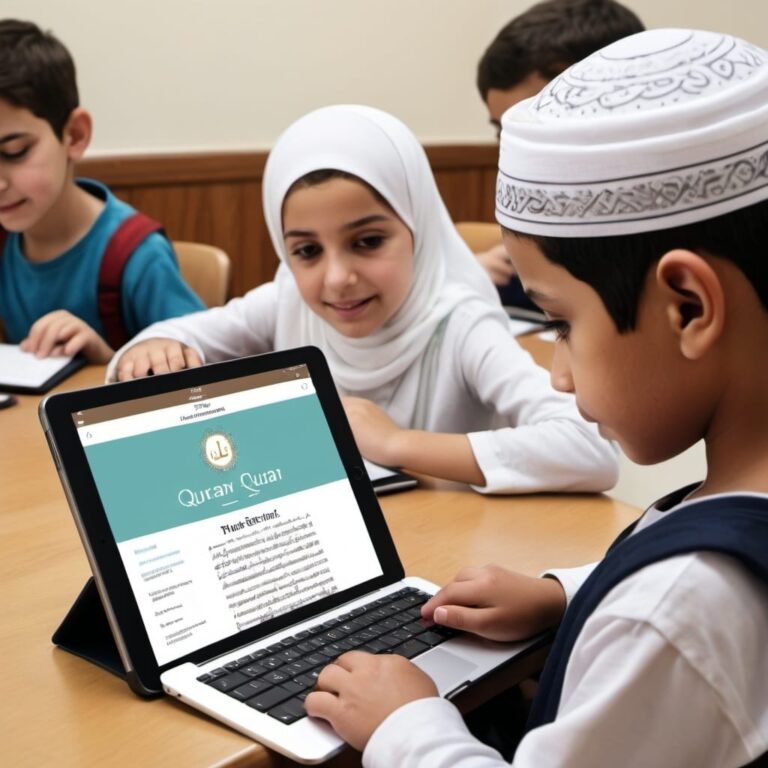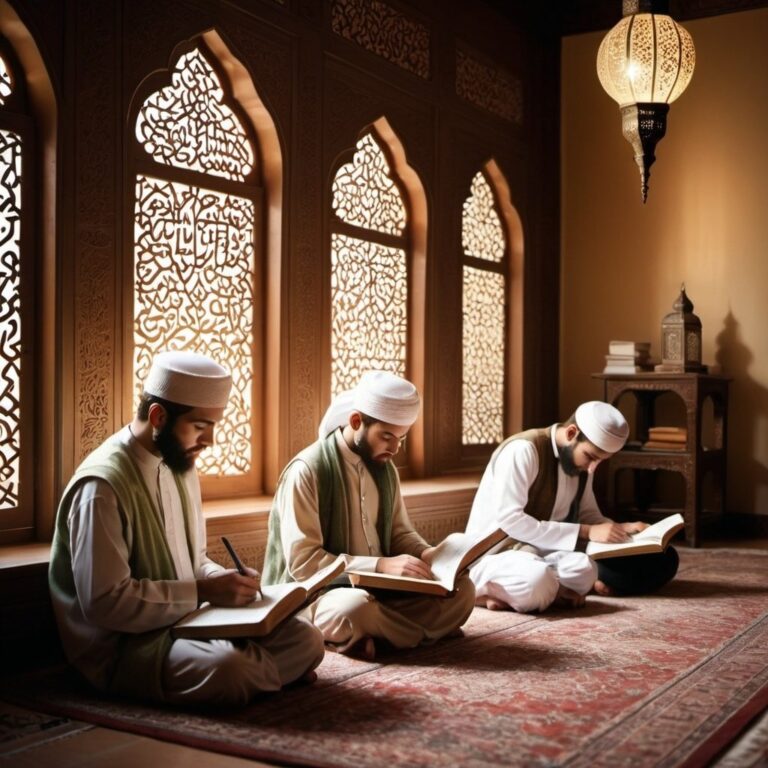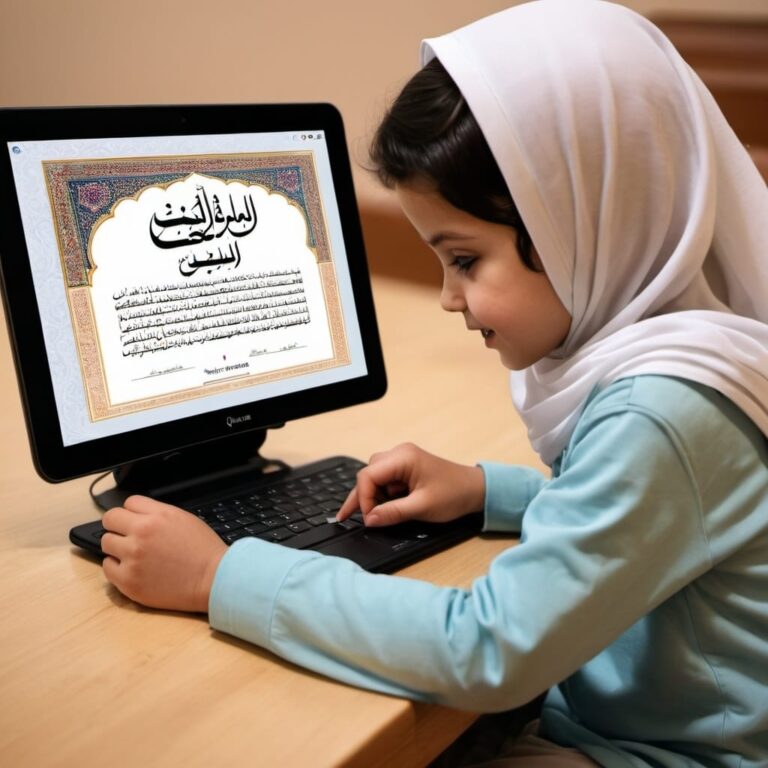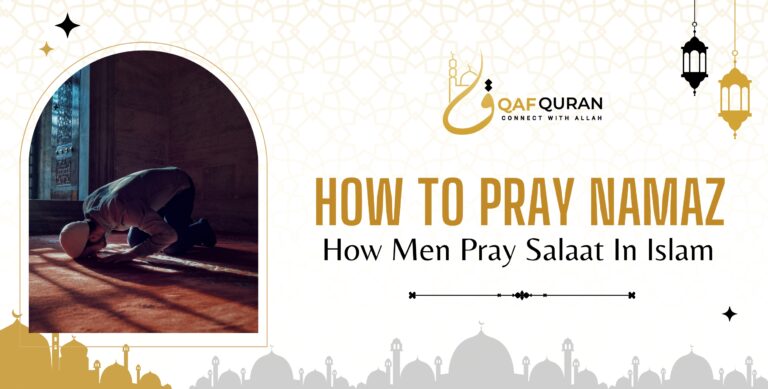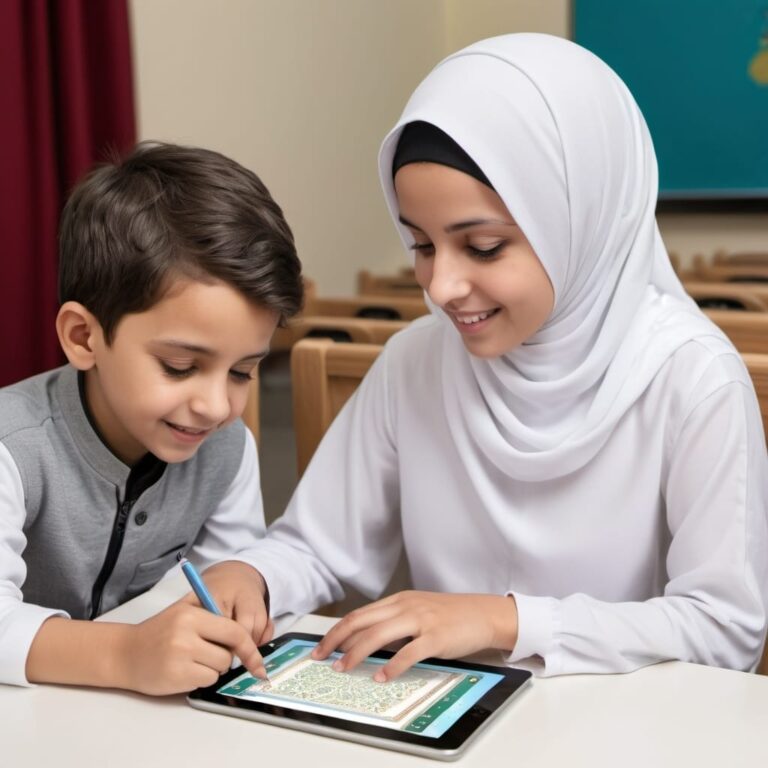Discovering the Beauty and Rich Heritage of Quranic Calligraphy
Quranic calligraphy is an artwork shape that transcends mere writing; it’s a religious expression and a party of the divine words of the Quran. This blog put up will take you on an insightful journey thru the problematic international of Quranic calligraphy, exploring its origins, evolution, diverse styles, and the profound importance it holds in Islamic artwork and culture.
Introduction to Quranic Calligraphy
Definition and Significance of Quranic Calligraphy
Quranic calligraphy is the artistic practice of handwriting and calligraphy primarily based on the verses of the Quran. It’s revered not simply as a form of art but as a means of honoring the holy text. This art form involves writing the phrases of Allah inside the maximum beautiful way viable, reflecting the sanctity and divine nature of the Quran.

Calligraphy, inside the context of the Quran, is lots extra than a cultured enterprise. It serves as a physical manifestation of the spiritual and emotional connection Muslims have with their holy e-book. The care and precision concerned in crafting each letter symbolize a deep recognize for the words of Allah. For Muslim students, mother and father, and the wider community, information Quranic calligraphy can enhance their appreciation of both the Quran and Islamic cultural history.
History and Evolution of Quranic Calligraphy
Origins and Development
The history of Quranic calligraphy dates returned to the seventh century whilst Islam become first set up. The earliest sorts of script used had been the Kufic and Hijazi scripts. These scripts were characterised through their angular shapes and absence of diacritical marks, which had been later additions to aid in pronunciation and knowledge.
Over the centuries, calligraphy advanced along the spread of Islam. The development of latest scripts along with Naskh, Thuluth, and Maghrebi marked extensive milestones within the artwork’s records. Each script introduced particular stylistic factors, contributing to the rich tapestry of Quranic calligraphy.
The evolution of Quranic calligraphy wasn’t just restricted to the development of new styles. It additionally saw the incorporation of problematic designs and motifs, blending calligraphy with different types of Islamic art, including geometric styles and arabesques. This fusion created visually lovely representations of the Quran’s verses, in addition enhancing their religious effect.
Styles of Quranic Calligraphy
Classical and Contemporary Styles
Quranic calligraphy boasts a whole lot of patterns, each with its own awesome traits and historic importance. Some of the maximum famous patterns encompass:
- Kufic: One of the oldest scripts, acknowledged for its angular and geometric shapes. It was extensively used within the early copies of the Quran and for architectural decorations.
- Naskh: A greater cursive and legible script, evolved for less complicated reading and writing. It have become the standard script for copying the Quran.
- Thuluth: Known for its huge and stylish letters, frequently used for ornamental purposes in mosques and different Islamic structure.
- Diwani: A exceptionally decorative style developed during the Ottoman Empire, characterized by its tricky and flowing letters.
- Maghrebi: Originating from North Africa, this script features rounded and formidable letters, often utilized in Quranic manuscripts from the area.
Contemporary calligraphers preserve to innovate, blending traditional strategies with cutting-edge creative expressions. This fusion continues the artwork form applicable and dynamic, attractive to new generations of Muslims and artwork enthusiasts alike.
Visual Examples
Each fashion of Quranic calligraphy has its particular visible appeal. For example, Kufic script’s ambitious and angular strains create a sense of strength and permanence, while Naskh’s cursive letters bring fluidity and style. Contemporary works frequently include vibrant hues and summary designs, adding a cutting-edge twist to the traditional art shape.
These visible examples serve as a testomony to the versatility and enduring splendor of Quranic calligraphy. They also highlight the creativity and talent of the calligraphers who devote themselves to this sacred artwork.
The Beauty in Detail
Intricate Details and Symbolism
One of the most fascinating elements of Quranic calligraphy is the elaborate info and symbolism embedded within the artwork. Every stroke and curve is crafted with precision, and the selection of script, shade, and design regularly carries deeper meanings.
For example, the use of gold ink in Quranic manuscripts symbolizes the divine light and purity of the Quran. The arrangement of letters and phrases can create symmetrical patterns, representing the harmony and stability located in Islamic teachings.
Calligraphers often include symbolic factors, together with the crescent moon and celebrity, to decorate the religious importance in their paintings. These info not handiest upload to the visible attraction but additionally provide a deeper connection to the divine message of the Quran.
Example of Detailed Work
An top notch example of detailed Quranic calligraphy is the Blue Quran, an early manuscript written in gold on indigo-dyed parchment. The assessment between the shimmering gold letters and the deep blue heritage creates a captivating effect, making it a masterpiece of Islamic artwork.
Another great instance is the “Hilye-i Şerif,” a calligraphic panel that includes descriptions of the Prophet Muhammad (peace be upon him) along side Quranic verses. The meticulous craftsmanship and elaborate ornamentation make it a cherished piece of spiritual artwork.
The Spiritual Connection
Spiritual Significance for Muslims
For Muslims, Quranic calligraphy is not just an art form; it’s a manner to engage with the divine phrases of Allah. The act of writing or admiring Quranic calligraphy is considered a shape of worship, as it involves reflecting on the sacred text and its meanings.
The beauty and elegance of the calligraphy serve as a reminder of the Quran’s divine starting place. It inspires awe and reverence, encouraging Muslims to deepen their reference to the holy e book and live through its teachings.
Role in Islamic Art
Quranic calligraphy holds a vital location in Islamic artwork. Unlike other artwork forms that can depict human or animal figures, Islamic art regularly makes a speciality of geometric styles, arabesques, and calligraphy. This emphasis on non-figurative artwork stems from the belief that the divine have to be represented in summary and symbolic ways.
Calligraphy, with its ability to convey the phrases of Allah in a visually stunning way, fits flawlessly inside this artistic way of life. It adorns mosques, manuscripts, textiles, and normal gadgets, infusing them with religious importance.
The Art of Teaching and Learning
How Quranic Calligraphy is Taught and Learned
Teaching and gaining knowledge of Quranic calligraphy is a meticulous manner that requires dedication and exercise. Traditionally, students examine below the steerage of a master calligrapher, who imparts the knowledge and techniques exceeded down thru generations.
In latest years, online resources have made it less difficult for aspiring calligraphers to analyze this sacred artwork. Websites, video tutorials, and virtual classes provide treasured insights and practical pointers for learning various scripts and styles.
Focus on Online Resources
Online platforms like Learn Quran Online offer a wealth of resources for mastering Quranic calligraphy. These encompass step-through-step tutorials, downloadable exercise sheets, and interactive instructions with experienced teachers.
For Muslim college students and mother and father, those on line sources provide a handy and on hand manner to interact with the art of Quranic calligraphy. They can study at their own tempo and get hold of personalised comments from their instructors.
Impact and Influence
Global Impact on Art, Culture, and Design
The impact of Quranic calligraphy extends a ways beyond the Islamic international. Its splendor and elegance have captivated artists and architects globally, inspiring various varieties of innovative expression.
In contemporary artwork, calligraphic elements are often incorporated into artwork, sculptures, and digital designs. The fusion of conventional calligraphy with present day artistic techniques creates precise and modern works that resonate with various audiences.
Cultural Significance
Quranic calligraphy is a image of Islamic cultural identity. It displays the rich heritage and artistic achievements of Muslim civilizations throughout history. By retaining and promoting this art form, we honor our cultural roots and bypass on this legacy to future generations.
Modern Applications
Today, Quranic calligraphy is not confined to spiritual contexts. It’s broadly utilized in branding, marketing, and interior layout. Its undying splendor and cultural importance make it a valuable asset for any innovative venture.
Companies and designers frequently collaborate with calligraphers to create logos, product packaging, and decorative elements that embody the beauty and sophistication of Quranic calligraphy.
FAQs About Quranic Calligraphy
1. What is Quranic calligraphy?
Quranic calligraphy is the creative exercise of handwriting and calligraphy based totally on the verses of the Quran.
2. What are the principle kinds of Quranic calligraphy?
Some of the principle styles encompass Kufic, Naskh, Thuluth, Diwani, and Maghrebi.
3. How is Quranic calligraphy special from everyday calligraphy?
Quranic calligraphy especially makes a speciality of writing the words of the Quran, frequently incorporating non secular and symbolic factors.
4. Why is Quranic calligraphy essential in Islamic artwork?
It serves as a visible illustration of the divine words of Allah, reflecting the religious and cultural values of Islam.
5. How can I learn Quranic calligraphy?
You can research thru conventional strategies with a master calligrapher or use on line resources and tutorials.
6. What substances are used in Quranic calligraphy?
Traditional materials encompass ink, paper, parchment, and numerous styles of pens and brushes.
7. Can non-Muslims exercise Quranic calligraphy?
Yes, every person can respect and exercise the art form, though understanding its cultural and non secular significance is crucial.
8. How has Quranic calligraphy evolved over the years?
It has developed via the development of new scripts, incorporation of design elements, and edition to modern creative strategies.
9. What is the religious importance of Quranic calligraphy?
The act of writing or admiring Quranic calligraphy is considered a shape of worship and reflection on the words of Allah.
10. How is Quranic calligraphy utilized in modern layout?
It’s used in branding, advertising, and indoors design to feature beauty and cultural intensity to creative tasks.
11. Are there any well-known Quranic calligraphers?
Yes, many famend calligraphers in the course of records have contributed to the artwork shape, such as Ibn Muqla and Yaqut al-Musta’simi.
12. What is the Blue Quran?
The Blue Quran is an early manuscript written in gold ink on indigo-dyed parchment, regarded for its first-rate craftsmanship.
13. How does Quranic calligraphy have an impact on contemporary artwork?
Contemporary artists often comprise calligraphic elements into their work, growing a fusion of conventional and modern styles.
14. What are some common symbols utilized in Quranic calligraphy?
Common symbols encompass the crescent moon and superstar, geometric patterns, and arabesques.
15. How can I appreciate Quranic calligraphy in my every day existence?
You can appreciate it through learning about its history, training the artwork form, or incorporating calligraphic factors into your home decor.
16. What role does Quranic calligraphy play in Islamic schooling?
It performs a considerable position in Islamic education by means of supporting college students expand a deeper connection with the Quran through the artwork of writing.
17. How is Quranic calligraphy preserved and promoted nowadays?
It’s preserved and promoted thru instructional applications, exhibitions, and collaborations between artists and cultural institutions.
18. Can I use Quranic calligraphy for personal tasks?
Yes, you could use it for personal tasks, however it is crucial to respect its cultural and religious significance.
19. What are a few demanding situations in gaining knowledge of Quranic calligraphy?
Challenges consist of gaining knowledge of the best strategies, know-how the cultural context, and finding quality sources and instruction.
20. How does Quranic calligraphy decorate the splendor of the Quran?
It complements the beauty of the Quran by supplying its verses in a visually beautiful and spiritually meaningful manner.
Conclusion
Quranic calligraphy is a stunning and revered art shape that holds sizeable significance in Islamic way of life. From its ancient origins to its current programs, this art form keeps to inspire and captivate audiences around the sector.
For Muslims, attractive with Quranic calligraphy offers a unique manner to connect to the divine phrases of Allah. Whether via learning, coaching, or appreciating this sacred artwork, we can all deepen our expertise and appreciation of our cultural heritage.
If you’re inspired to explore Quranic calligraphy in addition, don’t forget booking a session with one among our expert calligraphers. They can guide you thru the intricacies of this artwork shape and help you broaden your abilties. Join our network of inexperienced persons and lovers today, and begin your journey into the sector of Quranic calligraphy.

